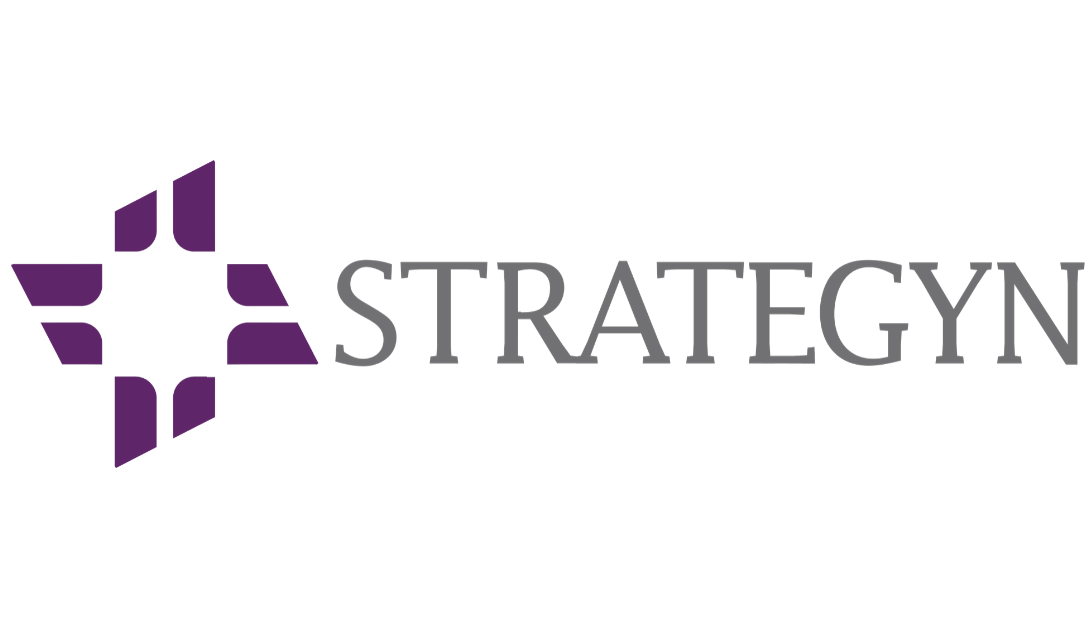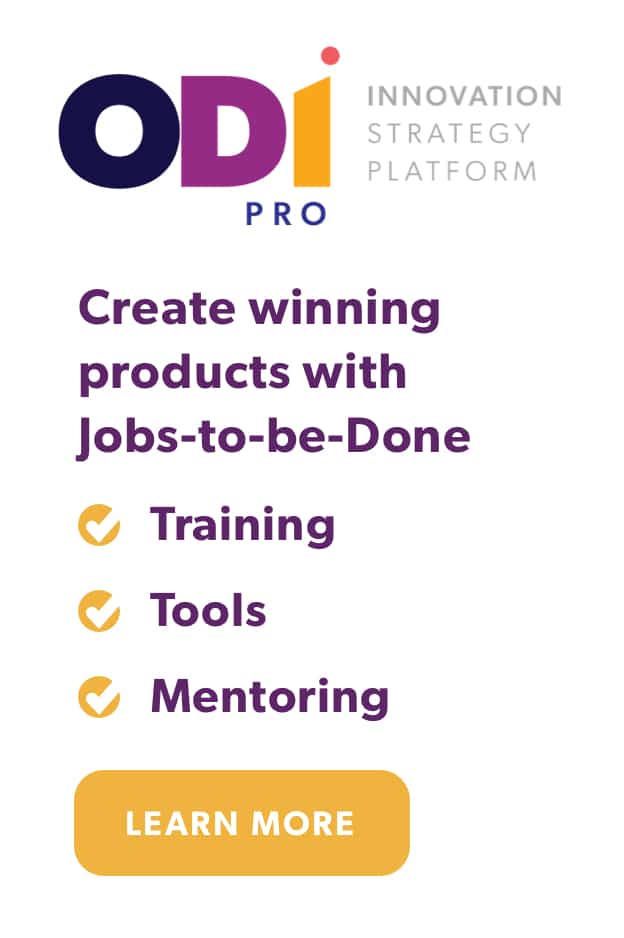Success in innovation is often dependent on a company’s ability to identify groups of customers who have a unique set of unmet needs. So why don’t companies use customer needs-based segmentation to excel at innovation? It is because an effective customer needs-based segmentation scheme can only be constructed when a company knows all its customers’ needs and also knows which needs are unmet and to what degree. This is where companies struggle.
In nearly every firm, managers can’t even agree on what a customer need is. Consequently, companies have come to believe that customer needs-based segmentation schemes can’t work because it is impossible for them to know all their customers’ ever-changing, latent and unarticulated needs. But the truth is it can work if customer needs are defined differently.
Our customer needs-based segmentation methodology works because it is built around a solid definition of what a customer need is. We know that people buy products and services to get a job done. We have discovered that customers consider between 50 and 150 metrics (their desired outcomes) when assessing how well a product or service enables them to successfully execute any job. These metrics are the customer’s needs. They power our needs-based segmentation methodology and our innovation process, Outcome-Driven Innovation (ODI).
Customer needs-based segmentation is valuable because it reveals if underserved and overserved market segments exist in a market and the size of each segment. It also reveals what needs are unmet in each segment. Applying jobs-to-be-done thinking to market segmentation is our secret to formulating an effective growth strategy.





